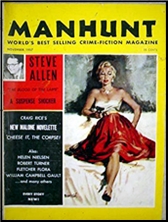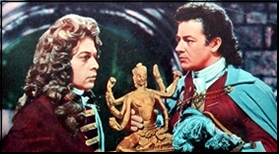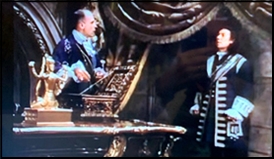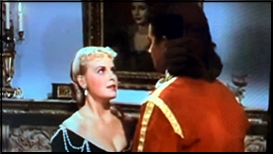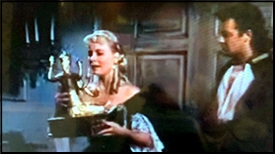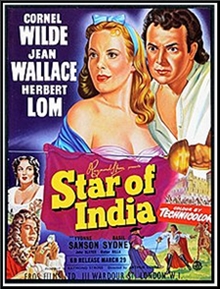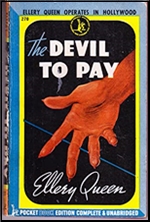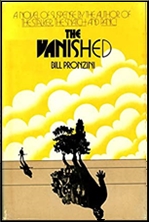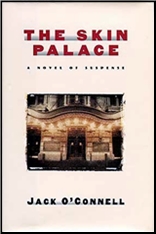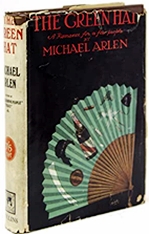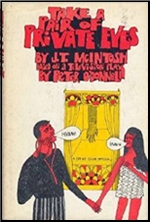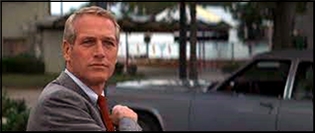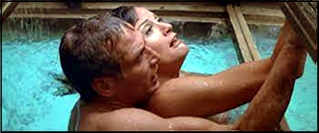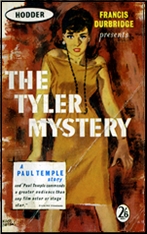Tue 15 Feb 2022
A 1001 Midnights Review: DAN CUSHMAN – Jewel of the Java Sea.
Posted by Steve under 1001 Midnights , Reviews[11] Comments
by Bill Crider
DAN CUSHMAN – Jewel of the Java Sea. Gold Medal #142, paperback original, 1951. Cover artist: Barye Phillips. Two later printings. Expanded from the short story of the same title appearing in Adventure, October 1948. [See Comment #5.]
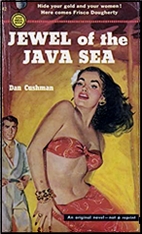
Dan Cushman wrote a number of novels for Gold Medal in the 1950s, most of which were referred to by the publisher as “jungle thrillers.” The books were distinguished for their exotic settings in faraway lands. Jewel of the Java Sea, for example, begins in Borneo, moves to Singapore, and concludes in Sumatra.
The story involves Frisco Dougherty, who has spent the last fifteen years in the tropics, hunting for a fortune in stolen diamonds. He obtains the first diamond easily because of his slightly shady reputation, and he knows there must be others. If he can find and sell them, he can return at long last to San Francisco and feel the cold fog in his face once more.
The search is hampered by the presence of other hunters, including Deering, a murderous American, and his Sikh retainer. And of course, as in any good paperback of the time, there are three beautiful women of doubtful loyalties and morality.
The pace is fast and the local color well done and convincing. The book is slowed somewhat by the dialogue, Dougherty being devoted to reading Boswell’s Life of Johnson and apparently having let his reading affect his speaking, and the relationship between Dougherty and one of the women is a little too spontaneous; but there is a fine treasure story (undoubtedly influenced by The Maltese Falcon), and the ending is satisfactory enough to make one forgive minor quibbles.
Other Cushman “jungle books” include Savage Interlude (1952), Jungle She (1953), Port Orient (1955), and The Forbidden Land (1958).
———
Reprinted with permission from 1001 Midnights, edited by Bill Pronzini & Marcia Muller and published by The Battered Silicon Dispatch Box, 2007. Copyright © 1986, 2007 by the Pronzini-Muller Family Trust.
